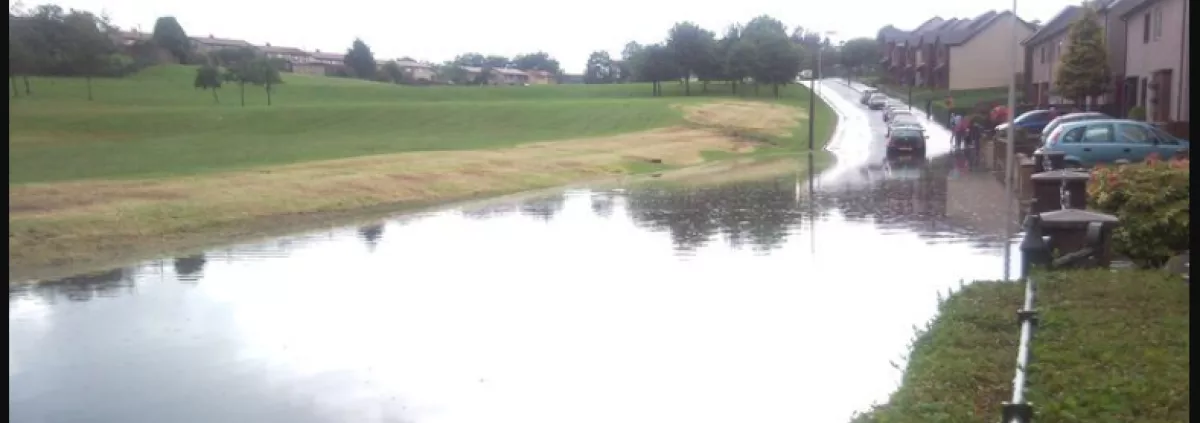Scottish Water, NatureScot and Scottish Environment Protection Agency (SEPA) are working with Dundee City Council to develop an exciting and innovative project to improve the way storm water is managed and reduce flood risk in the St Mary’s area of Dundee. The scheme is looking to disconnect surface water from a combined sewer system in a 1960s estate, to relieve flooding.
With a project such as this, there are opportunities as well as constraints associated with schemes to disconnect surface water from combined sewer systems. Community engagement was important part of the initial feasibility phase to outline the opportunity to reduce the risk of flooding locally, while also making wider positive changes to the park.
Reopening of the historic Back Burn, which was culverted over 50 years ago, could restore a natural watercourse with potential to include a variety of other features. Opportunities are also being explored to create a new pathway system that will improve connections and support more walking and cycling; a more attractive planting structure with new spaces, areas for growing and increased wildlife; and areas for active use such as outdoor gyms or improved play opportunities.
Further landscaping would allow excess water to flow into the Dighty Burn, then enable Scottish Water to disconnect surface water from the combined sewer, freeing up capacity in the system and significantly reducing the risk of flooding.
In June 2022, a feasibility study and outline design for the first phase of the St Leonard Park sustainable drainage project was finalised, following extensive consultation with landscape architects, engineers and the local community.
The St Marys project has the potential to set a precedent that demonstrates a holistic approach to over-ground surface water management, delivering climate resilience, biodiversity gain, urban functionality, health and well-being, and become an exemplar of a water-resilient place.
